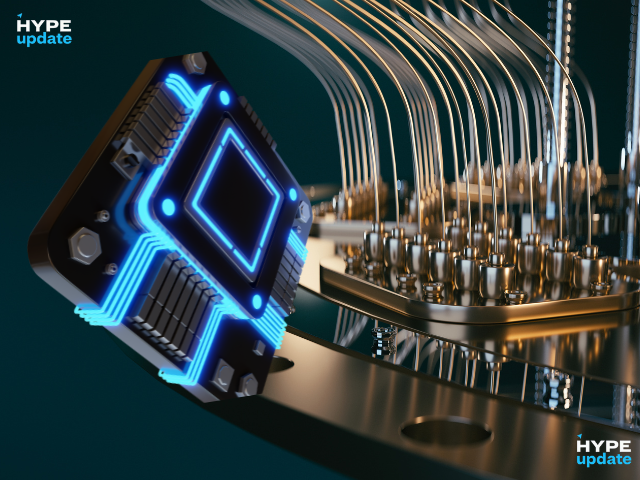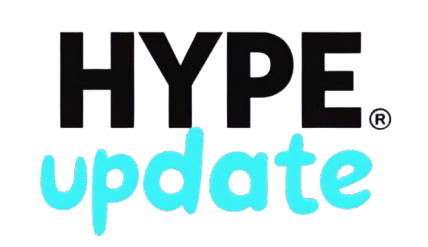Using a new error-correction technique, quantum computing breakthroughs might occur with only hundreds, not millions, of qubits.

Using a few hundred, scientists have created a physical qubit acting as an error-correcting “logical qubit”; they now believe they can scale it up to build a practical quantum computer.
Researchers from company Nord Quantique contend that quantum computers more powerful than the quickest supercomputers might be nearer than analysts had forecast.
The company’s development of a personal error-correcting physical qubit might significantly reduce the required number of qubits to reach quantum advantage, or where quantum computers are really valuable.
In the end, this may result in a machine more powerful than conventional computers—a quantum computer.
Unlike conventional bits that encode data as 1 or 0, qubits depend on the rules of quantum physics to produce “coherence” and encode data as a superposition of 1 or 0—meaning data is encoded in both states simultaneously.
While classical computers can only execute calculations in sequence, quantum computers can process computations in parallel by stitching together several qubits via quantum entanglement—where qubits can share the same information regardless of how far apart they are separated over time or space.
Qubits are “noisy,”” meaning they are very susceptible to environmental influence like temperature variations, which causes significant mistake rates. They frequently have to be cooled to near absolute zero for that reason, but even then they may still enter “decoherence” halfway through computations and fail because of outside influences.
A quantum computer would have to have millions of qubits to achieve quantum supremacy given this enormous mistake rate. Today’s most powerful quantum computers, however, have just one thousand qubits.
Research is thus focused on lowering qubit error rate. Building a “logical qubit,” in which many qubits are entangled to act as one effective, error-free qubit during computations, is one approach to lower errors. This depends on redundancy—a computer science concept wherein many locations hold the same data.
A physical qubit acting like a logical qubit
Nord Quantique scientists have taken a different tack, first creating an individual physical qubit and then using “bosonic codes” during operation to lower faults at the individual qubit level. Their results were detailed in a paper published April 12 in the journal Physical Review Letters. Designed especially for systems using bosonic modes—such as photons—bosonic codes are error-correcting codes. They use quantum characteristics of bosons to safeguard data against mistakes.

From as many as 10 microwave photons, or light particles, that resonate in a very pure superconducting aluminium cavity—which is chilled to near absolute zero, Nord Quantique’s researchers created one “bosonic qubit,” around the size of a walnut.
While computations were ongoing, the bosonic codes were used to rectify two kinds of quantum errors: “bit-flips,” or when 0s and 1s are interpreted as one other; and “phase-flips,” when the chance of a qubit being either positive or negative is reversed.
Their bosonic codes increased the coherence time of single qubits by 14%, which the researchers said was the best outcome thus far. Simulations revealed, moreover, that error correction is not only possible but probably more robust with more qubits added to the current single qubit, scientists said in their article.
Julien Camirand Lemyre, study co-author and chief technology officer of Nord Quantique, told Live Science that using only hundreds of these qubits in a quantum computer might provide quantum advantage instead of the millions of qubits researchers had previously believed we would need. Vastly more computations can be done in this brief window given the higher qubit lifespan resulting from the architecture combined with claimed operating clock rates of up to 1,000 times greater than similar machines. It indicates that against a machine with no error correction or maybe one with logical qubits, the “overhead” of redundant qubits is not necessary.
The competition to create a faultless quantum computer
Though many others, including Quantinuum and QuEra, are taking other paths to lower the error rate, most of them depend on logical qubits. Lemyre said that his company’s strategy is superior to this “brute force” approach.
Nord Quantique builds qubits by directly including the redundancy required for error correction into the electronics constituting each physical qubit. So, in a sense we are converting physical qubits into logical qubits via a combination of our unique design and usage of what we term bosonic codes,” Lemyre stated.
There are still challenges to quantum supremacy, however. Lemyre said that bigger quantum computers will need “a handful of physical qubits” to fix the little mistakes the bosonic codes overlook.
The company’s next step is to complete creating a system, likely by Autumn of this year, with several error-correcting physical qubits. Lemyre said Nord Quantique is aiming to launch a quantum computer with around 100 of these qubits by 2028 if everything goes to plan.



